PH-MBN

Martinair Flight 495 Crash At Faro Airport
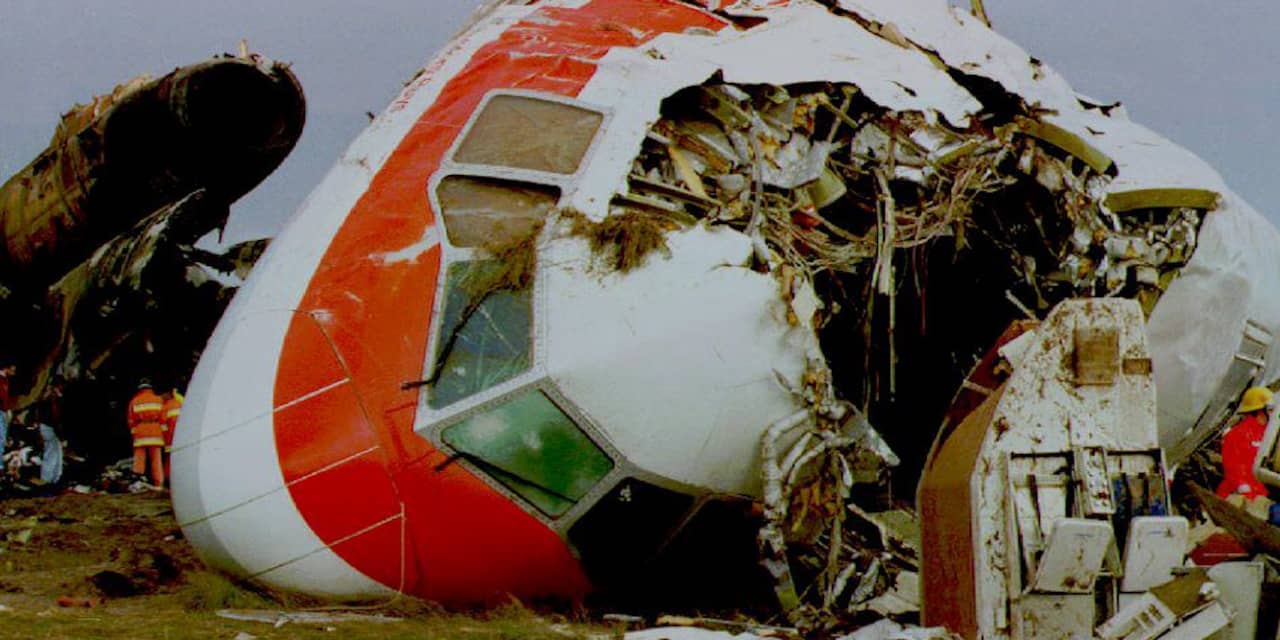
Martinair Flight 495 was a McDonnell Douglas DC-10 operated by Dutch airline Martinair, that crash-landed in severe weather conditions at Faro Airport, Portugal on 21 December 1992. The aircraft carried 13 crew members and 327 passengers, mainly holidaymakers from the Netherlands. 54 passengers and 2 crew members died.[1] 106 of the other occupants were badly injured.A large thunderstorm lay in the immediate vicinity of Faro airport, accompanied by heavy rain, windshear and low cloud. The control tower informed the crew of the thunderstorm activity, in addition to stating that there was water on the runway. Following one unsuccessful landing attempt the crew attempted a VOR/DME procedure approach to runway 11 (later runway 10) during which the aircraft flew through at least two microbursts. According to the Portuguese final accident report, firefighters saw an explosion coming from the aircraft 22 seconds before it crashed.
The aircraft landed with a vertical speed exceeding the manufacturer's design limits. Following this hard landing, the starboard main gear collapsed. The starboard wing separated from the fuselage and the starboard fuel tank ruptured and the contents ignited. The DC-10 fuselage split in two, coming to rest with the front section lying on its side.
Martinair
Martinair (legally Martinair Holland N.V.) is a Dutch cargo airline headquartered and based at Amsterdam Airport Schiphol and a subsidiary of Air France–KLM. The airline was founded in 1958 by Martin Schröder. Since 2011, Martinair has operated entirely as a cargo airline with scheduled services to 20 destinations[1] worldwide and additional charter flights. Prior to that date, passenger flights were also operated.The airline was founded on 24 May 1958 as Martin's Air Charter (MAC), by Martin Schröder and John Block, with one aircraft, a de Havilland Dove, and five employees.[2] In 1963 Mr. Schröder sold 49% of the company to four equal shipping company shareholders (12.25% each, these eventually combining as Nedlloyd). KLM would later purchase the 50+% that Mr. Schröder owned, buying him out.
The name was changed to Martinair Holland in 1966. A healthy boost came in 1967 with the opening of business to the United States. Martinair became all jet-powered in 1971.[3]
In 1991, the first aircraft with the Martinair Cargo name was introduced, and Holland was dropped from all aircraft. In 1996, Martinair bought a 40% stake in Colombian cargo carrier TAMPA Cargo, based in Medellín, which was increased to 58% in 2003. The share in TAMPA was sold in February 2008 to Avianca, a Colombian company.
Martinair president and CEO Martin Schröder, who received the Tony Jannus Award in 1995 for his contributions to commercial aviation, retired in 1998 from day-to-day activities. Also that year, the European Commission in Brussels refused KLM's offer to purchase Nedlloyd's shares, which would have made KLM the sole owner.
The first McDonnell Douglas MD-11 was delivered in December 1994. Throughout the next three years, six other brand-new MD-11s were delivered to Martinair. In total four McDonnell Douglas MD-11CFs (convertible freighter) and two full freighters were delivered.[4][5] Martinair was the launch customer of the convertible freighter. In 2004 another MD-11F was added to the fleet, this one was previously owned by Swissair, and then converted to full freighter.[6] From 1995 to 2006 some of the convertible MD-11 were reconfigured to transport passengers in the high passenger peaks during the summer period. The passenger configuration was fitted with 390 seats.[7] After 2006 the demand lowered and Martinair did not need extra seats anymore.
Douglas DC-10
The McDonnell Douglas DC-10 is an American three–engine jet wide-body airliner manufactured by McDonnell Douglas. The DC-10 was intended to succeed the DC-8 for long-range flights. It first flew on August 29, 1970; it was introduced on August 5, 1971, by American Airlines.The trijet has two turbofans on underwing pylons and a third one at the base of the vertical stabilizer. The twin-aisle layout has a typical seating for 270 in two classes. The initial DC-10-10 had a 3,500 nmi (6,500 km) range for transcontinental flights. The DC-10-15 had more powerful engines for hot and high airports. The DC-10-30 and -40 models (with a third main landing gear leg to support higher weights) each had intercontinental ranges of up to 5,200 nmi (9,600 km). The KC-10 Extender (based on the DC-10-30) is a U.S. Air Force tanker.
A design flaw in the original cargo doors caused a poor safety record in early operations. Following the American Airlines Flight 191 crash (the deadliest aviation accident in US history), the US Federal Aviation Administration (FAA) grounded all U.S. DC-10s in June 1979. In August 1983, McDonnell Douglas announced that production would end due to a lack of orders, as it had a widespread public apprehension after the 1979 crash and a poor fuel economy reputation.[2] Design flaws were rectified and fleet hours increased, for a safety record later comparable to similar era passenger jets.
Production ended in 1989, with 386 delivered to airlines along with 60 KC-10 tanker aircraft. The DC-10 outsold the similar Lockheed L-1011 TriStar. It was succeeded by the lengthened, heavier McDonnell Douglas MD-11. After merging with McDonnell Douglas in 1997, Boeing upgraded many in-service DC-10s as the MD-10 with a glass cockpit that eliminated the need for a flight engineer. In February 2014, the DC-10 made its last commercial passenger flight. Cargo airlines continued to operate it as a freighter. The Orbis Flying Eye Hospital is a DC-10 adapted for eye surgery. A few DC-10s have been converted for aerial firefighting use. Some DC-10s are on display, while other retired aircraft are in storage.
Gallery
Control:
Same as befor
Thanks For Download
Please Upvote :)
Specifications
Spotlights
- 929 1.8 years ago
General Characteristics
- Successors 1 airplane(s)
- Created On Android
- Wingspan 198.8ft (60.6m)
- Length 247.2ft (75.3m)
- Height 79.1ft (24.1m)
- Empty Weight N/A
- Loaded Weight 70,130lbs (31,810kg)
Performance
- Power/Weight Ratio 8.652
- Wing Loading 99.1lbs/ft2 (483.9kg/m2)
- Wing Area 707.6ft2 (65.7m2)
- Drag Points 154541
Parts
- Number of Parts 451
- Control Surfaces 6
- Performance Cost 1,970

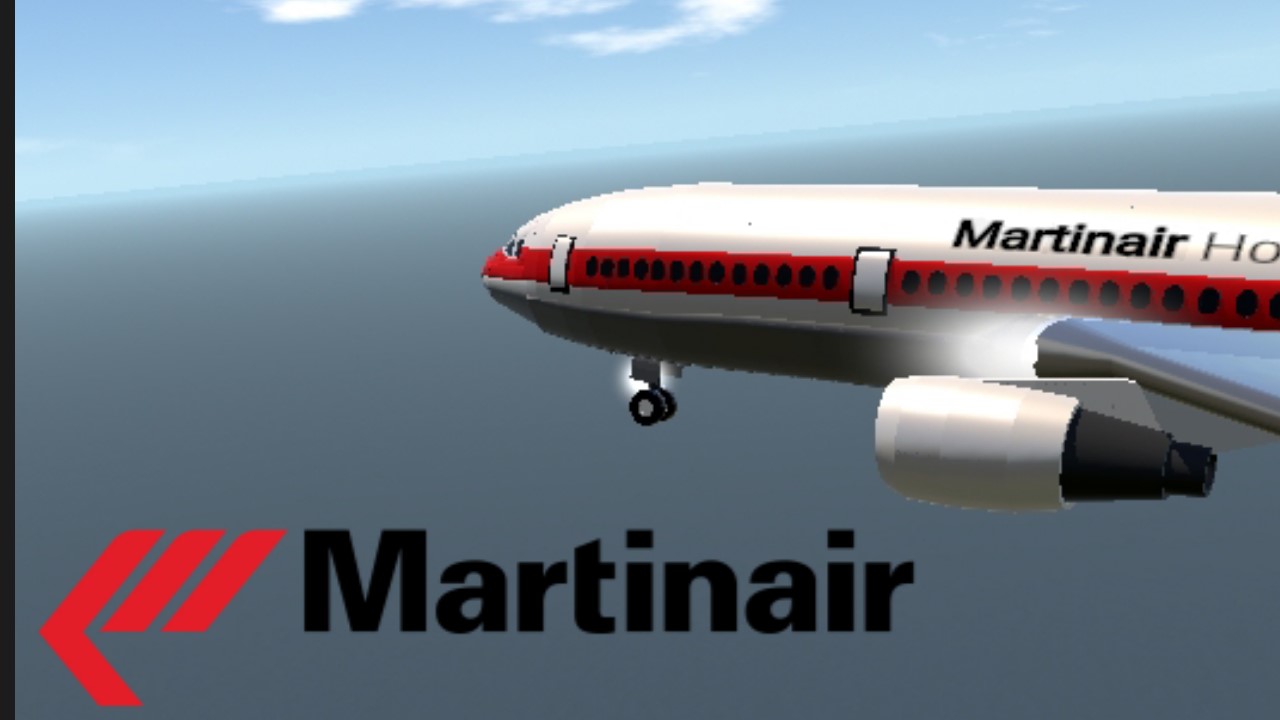
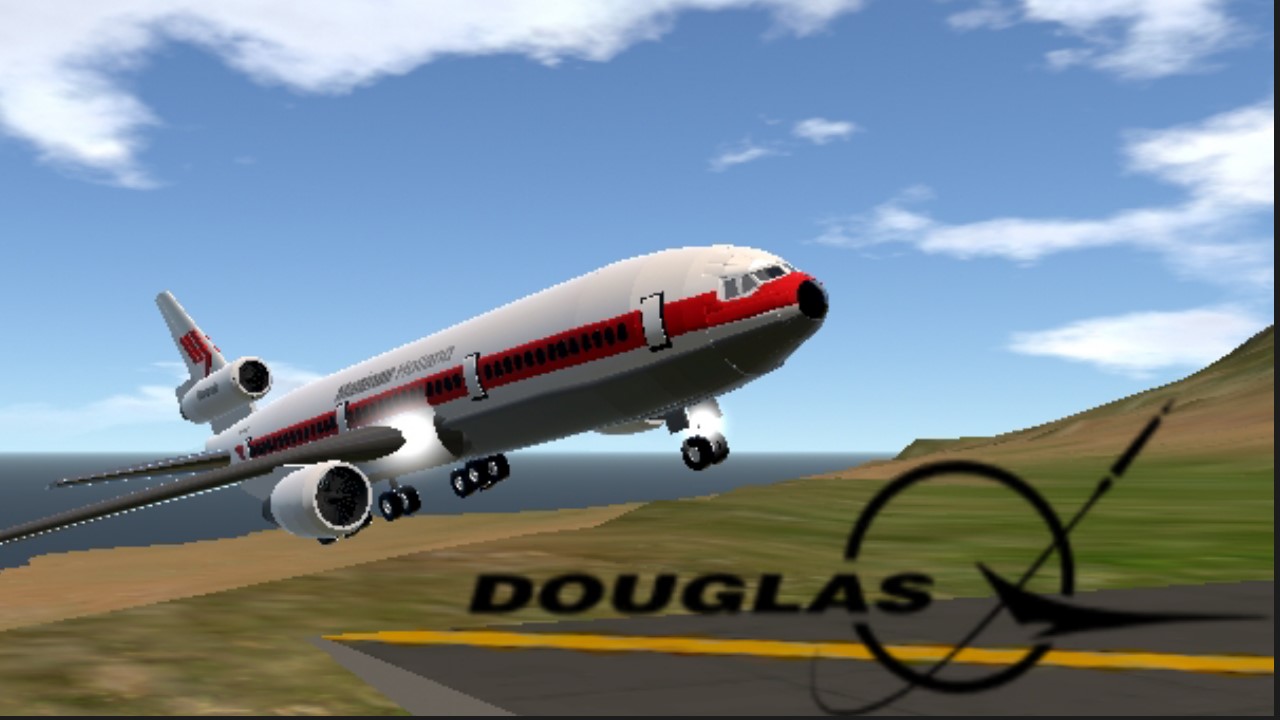
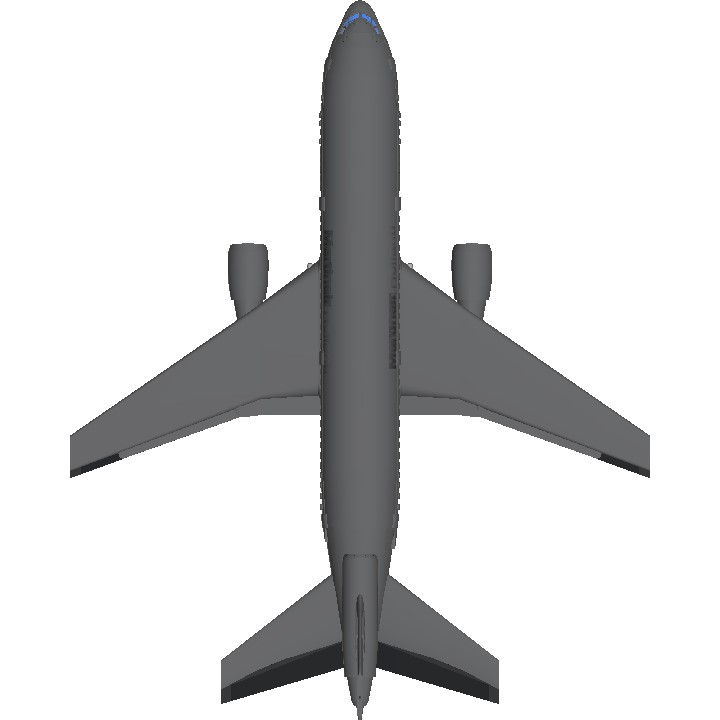
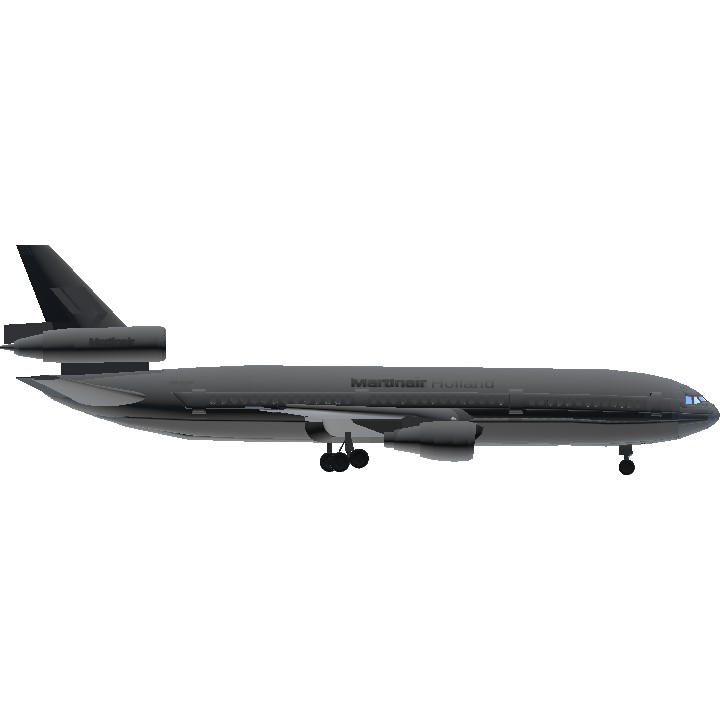
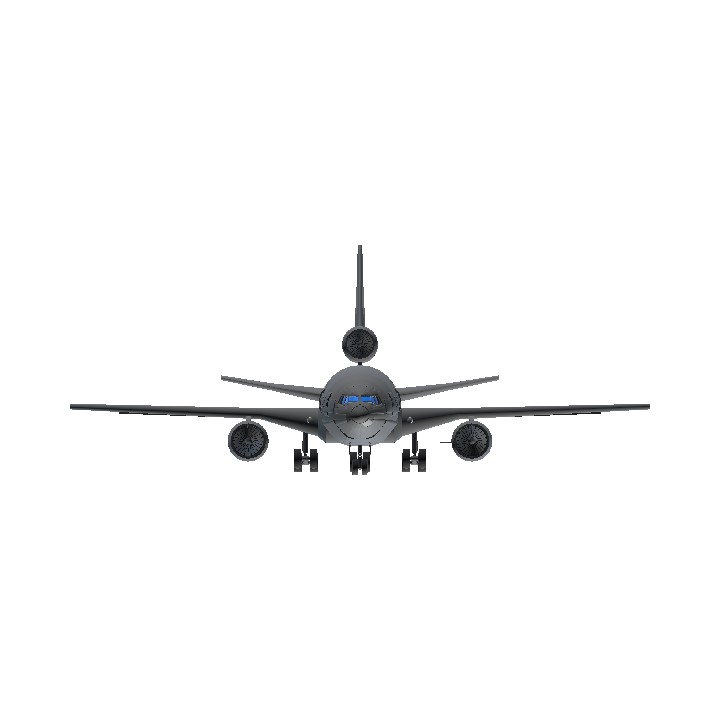
@JakiTheIndoAviationKid
@BeastHunter
@X99STRIKER
@OsazPeople
@PlaneLiveryChanger
@Aviator01
@Kwoshent
Can you make it but with a detach back?
Yay di tag pertama kali:v